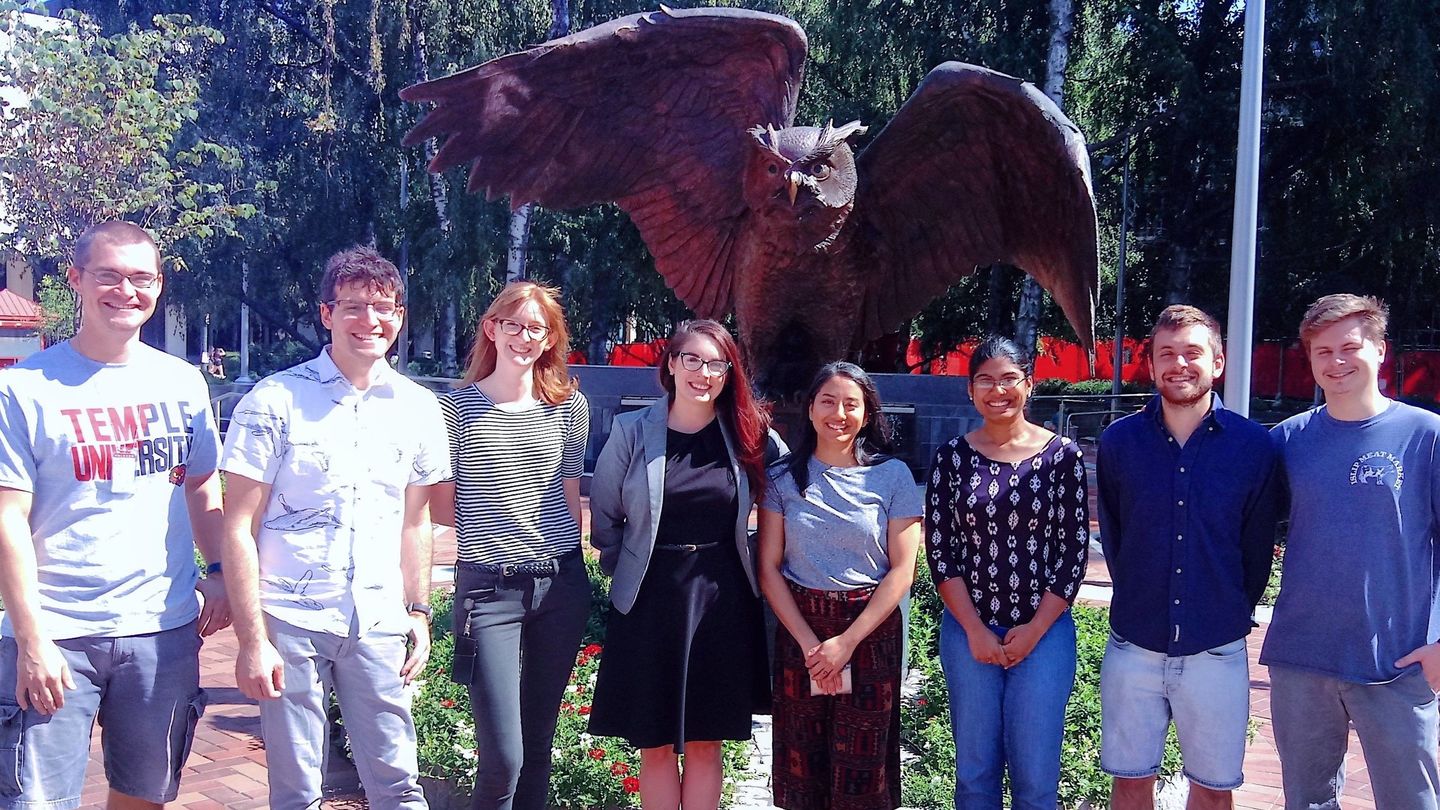
By: Lindsey Tepfer
Masters Student
How do people decide to behave fairly with one another? To what extent do social norms play in this choice? Does the type and number of choices influence people's decisions? And what happens when our loved ones are present during these decisions, especially as we age?
These are just a few of the questions that keep the Neuroeconomics Lab up at night, and what we actively work to answer. We're interested in studying the underlying neural mechanisms that drive social and economic cognition and use a variety of incentive-compatible games, non-invasive brain stimulation, and neuroimaging to study the brain's role in directing decision making.
The team houses a broad range of interdisciplinary skills to tackle these questions, with training spanning from neuroscience, mathematics, computer science, biomedical engineering, psychology,and communication.
Non-invasive brain stimulation allows us to draw causal inferences about the brain's role in social decision-making. Currently, two projects rely on this technique. Lindsey Tepfer's master's project investigates whether synchrony between the right dorsolateral prefrontal cortex (DLPFC) and the right temporoparietal junction (rTPJ) is involved with the decision to comply to a social norm of fairness (e.g., share money equally, or risk punishment for unfairly withholding an allotment of money given in an experiment).
Ben Muzekari's Neuroscience Honors project will look at how the perception of fairness influences how people accept monetary offers, and whether this can be manipulated by social factors (e.g., peer pressure or conformity). In both projects, we will apply gentle stimulation on the participant's scalp to either entrain neural oscillations or increase the probability that state-dependent activity occurs by using a steady dose of electrical currents. These variants of economic games allow us to quantify complex behaviors such as norm compliance or evaluation of fairness, by observing the total dollar amount a person is willing to transfer to their partner, and if these social behaviors can be nudged to increase or decrease using stimulation.
We aim to emphasize the impact our research has on our community. Outside of our study of social norms and ethical interpersonal interactions, we also wish to understand and hopefully generate solutions to protect the elderly against fraud. The propensity to trust strangers leaves vulnerable populations particularly susceptible to engaging with deceptive practices, such as offers to transfer money from counterfeit sources or reveal account information in e-mail phishing. Nicole Henninger and Victoria Kelly are leading a project to understand the role of social relationships, as well as the neural representations of these experiences, to inform how to mitigate impairment in judging when to trust another individual.
Our other work (funded by NIMH) combines non-invasive brain stimulation with neuroimaging to examine how stimulation modulates responses in distal brain regions connected to the stimulation site. This approach may provide a novel opportunity to modulate the brain's reward circuitry—which is buried deep inside the brain—and alter how people make decisions for social and economic rewards.
Each of these projects is fueled by the Neuroeconomics Lab teams' drive to characterize the neural mechanisms that underlie a variety of social interactions and translate these findings to real-world implications that affect the way we view market behavior, nuances within the expectations of society, and our relationships with each other.
